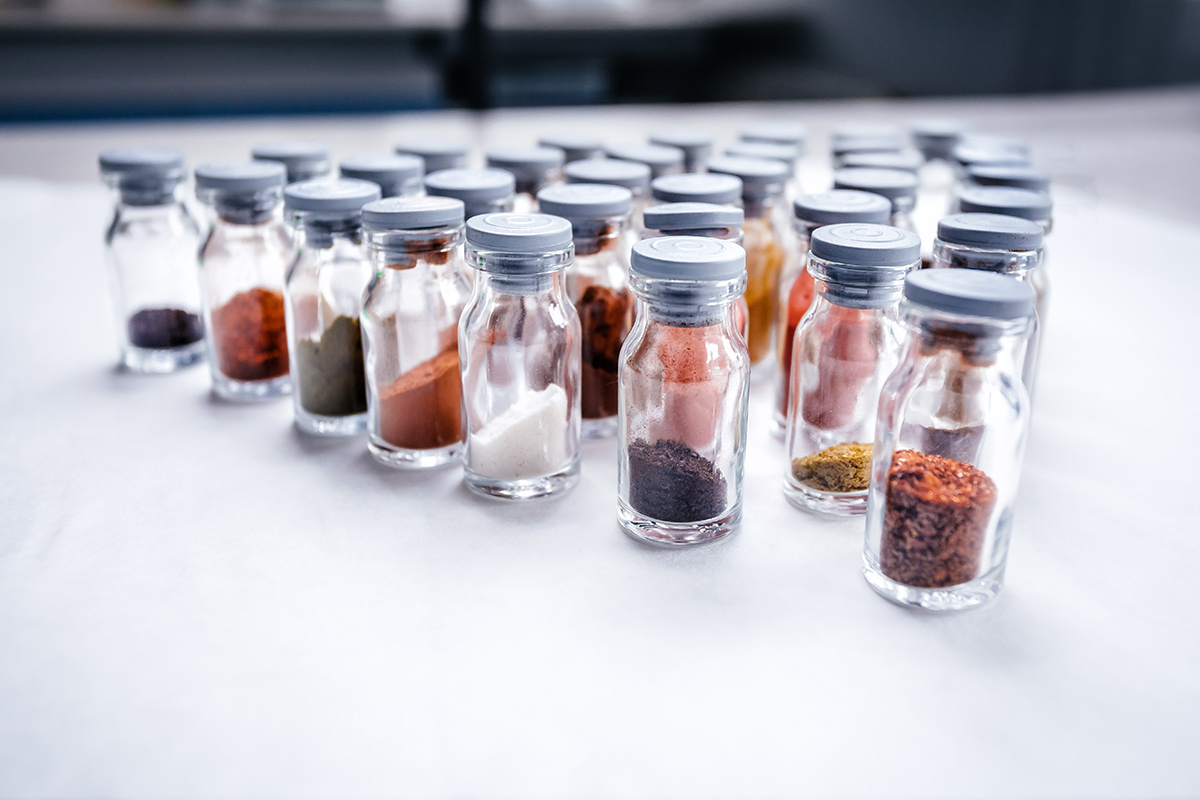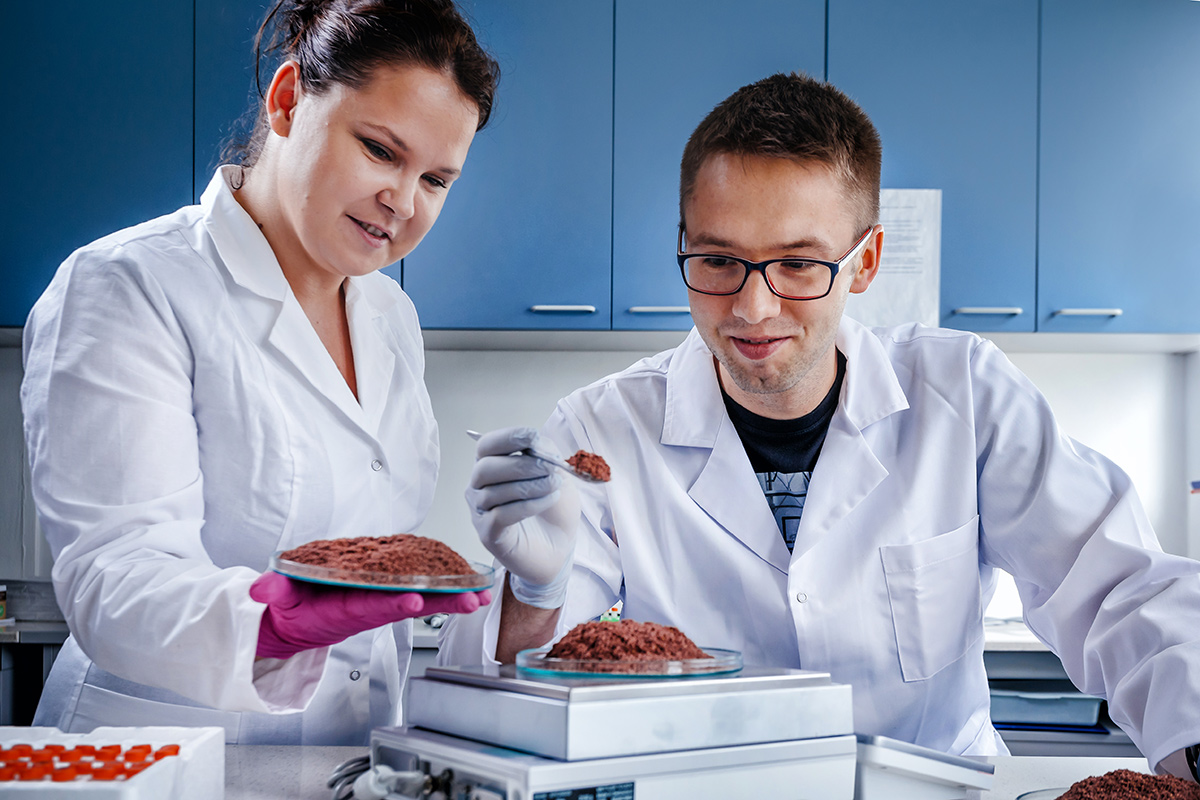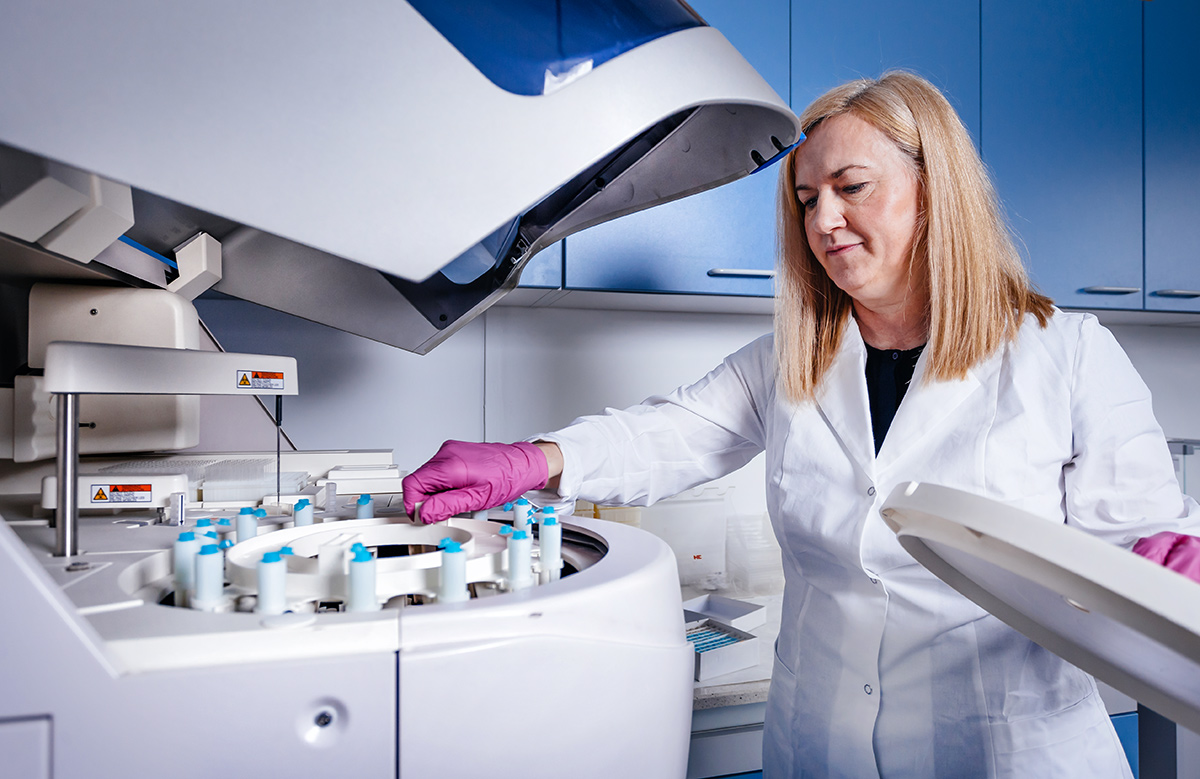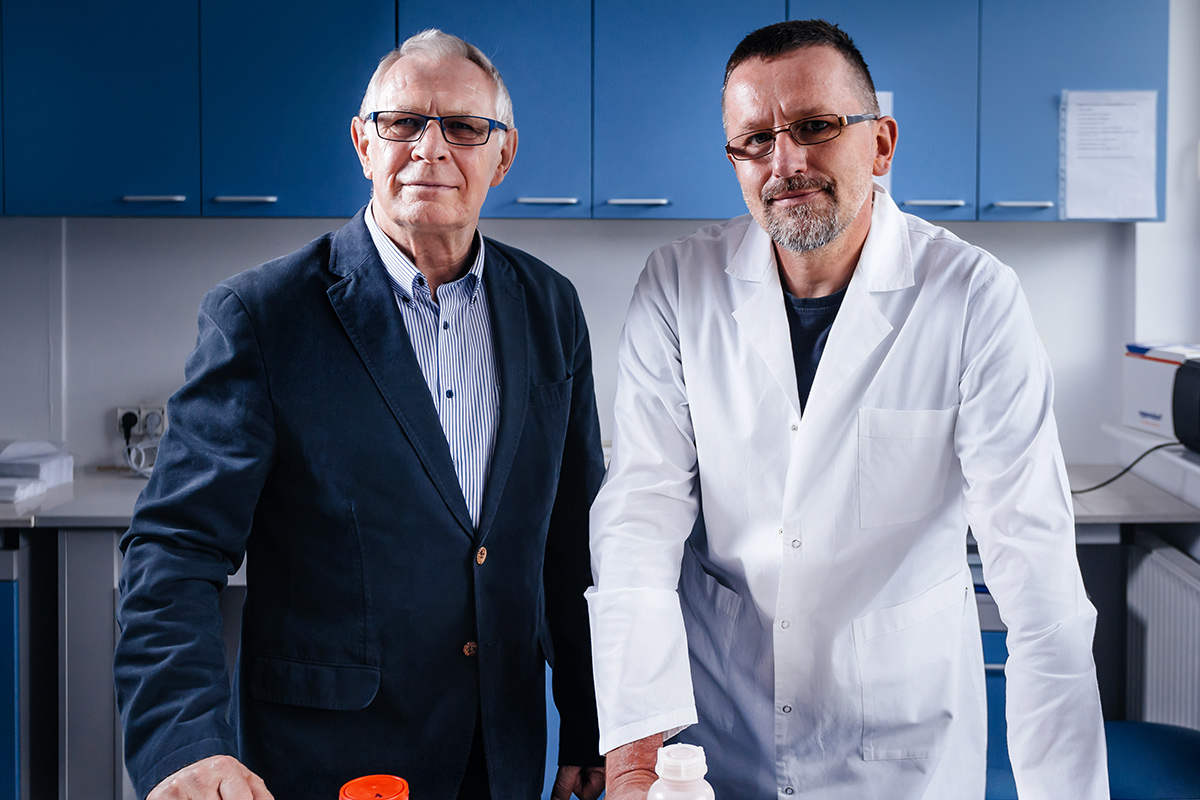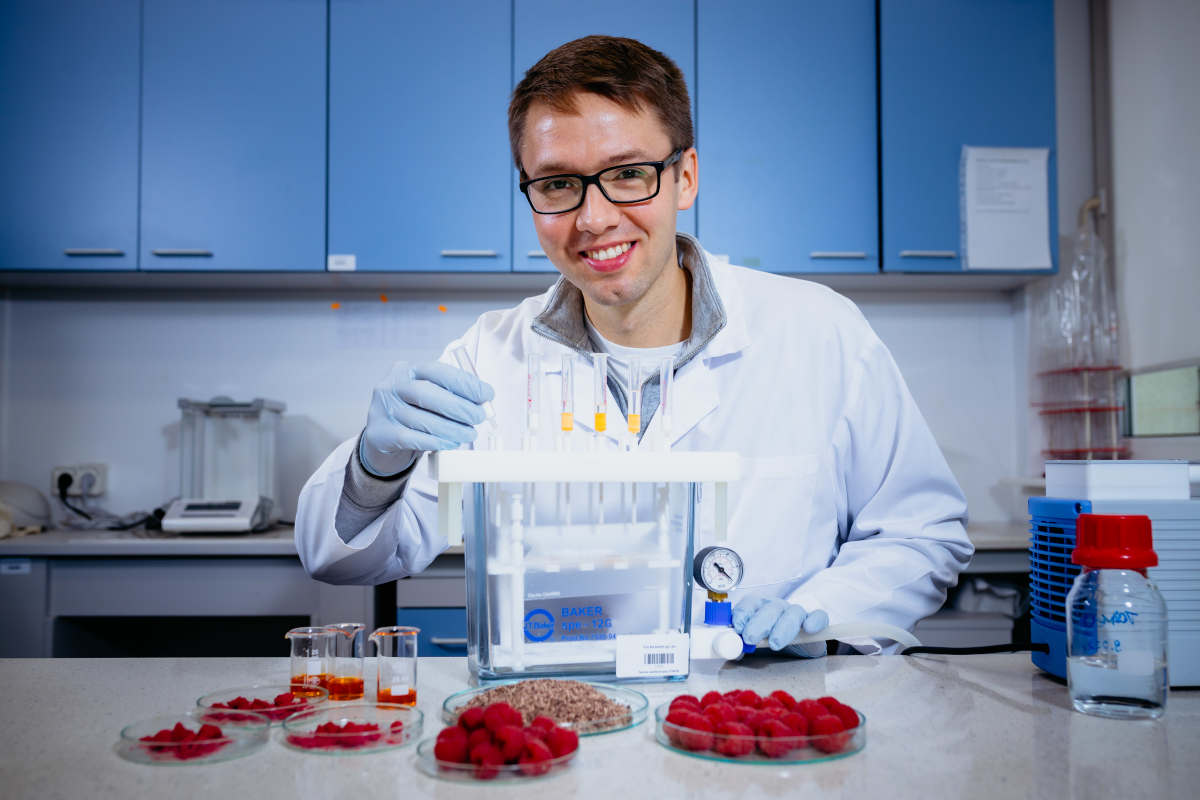Equipment:
- Shimadzu ultra-high performance liquid chromatograph (UHPLC) coupled with three detectors (QMS, PDA, RID) and fraction collector,
- Pentra C200 biochemical analyser (Horiba Medical),
- Abacus Junior Vet haematology analyser used for complete blood count,
- Spex Sample Prep. cryogenic mill 6870 used to grind/homogenize a variety of samples in liquid nitrogen,
- apparatus for cerebral stereotaxis with a microinjection system (Stoelting),
- Vapo.protect thermocycler for PCR analyses (Thermos Scientific),
- Unicam Helios α spectroscope used to determine the activity of selected endogenous and microbiological enzymes in the gastrointestinal tract,
- Multiskan Sky microplate reader used for immunochemical determinations (Thermo Scientific),
- Reflotron Plus, a portable system for the quantitative determination of biochemical parameters based on dry phase tests,
- air-conditioned facilities in the Animal Quarters with complete equipment for keeping the mother herd and conducting experiments on 120 individually kept rats and 36 rats kept in metabolic cages.
Key research methods:
- mRNA isolation from tissues and analysis of gene expression by real-time polymerase chain reaction (qPCR) using starters and TaqMan probes,
- measurements of lean and fat mass in rats using nuclear magnetic resonance (NMR) spectroscopy,
- small intestine perfusion used to assess the bioavailability of selected dietary components and their impact on the absorptive function of the intestine,
- determining the activity of selected endogenous (sucrase, maltase, lactase, aminopeptidase) and microbial enzymes (α- and β-glucosidases, α- and β-galactosidases and β-glucuronidases) in the gastrointestinal tract,
- determining the content of bacterial metabolites in intestinal digesta (short-chain fatty acids, bile acids, ammonia),
- determining biomarkers of metabolism and animal health, including those related to the antioxidant status of the body (including malondialdehyde, selected systemic antioxidants) and blood biochemicals (glucose, cholesterol, triglycerides, haemoglobin, aminotransferase activities and others),
- application of pharmacological and diet-based techniques to induce chronic diseases in laboratory animals (obesity, diabetes, colitis and others),
- determining proteins using enzyme immunoassays (ELISA),
- performing oral tolerance tests with selected sugars in laboratory animals, including glucose.
